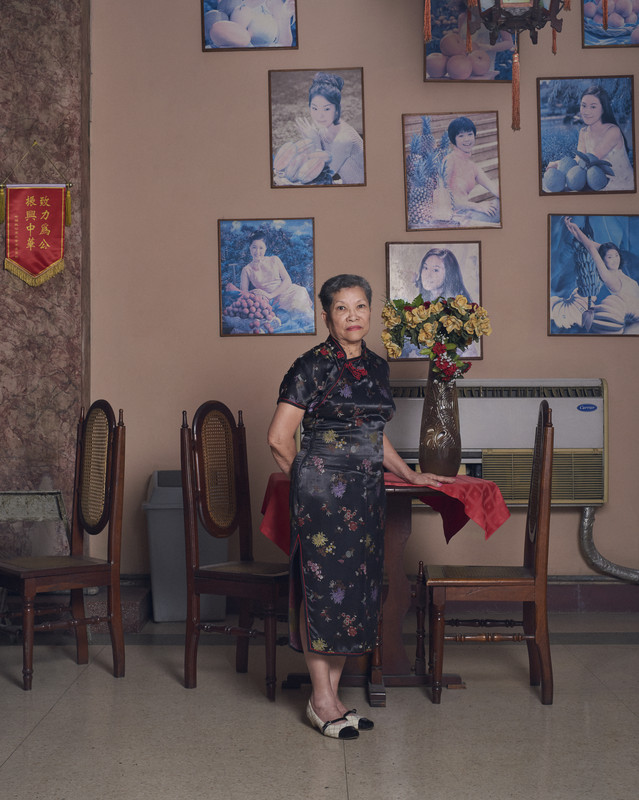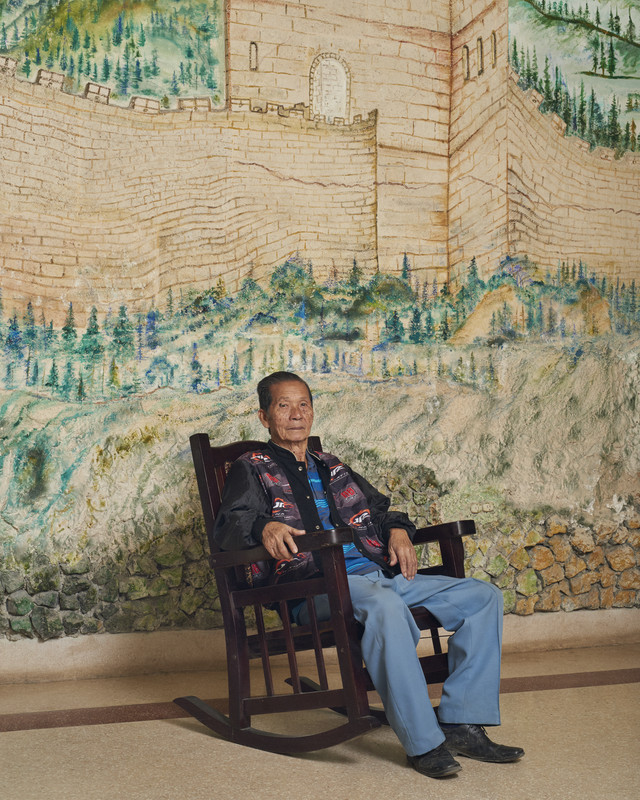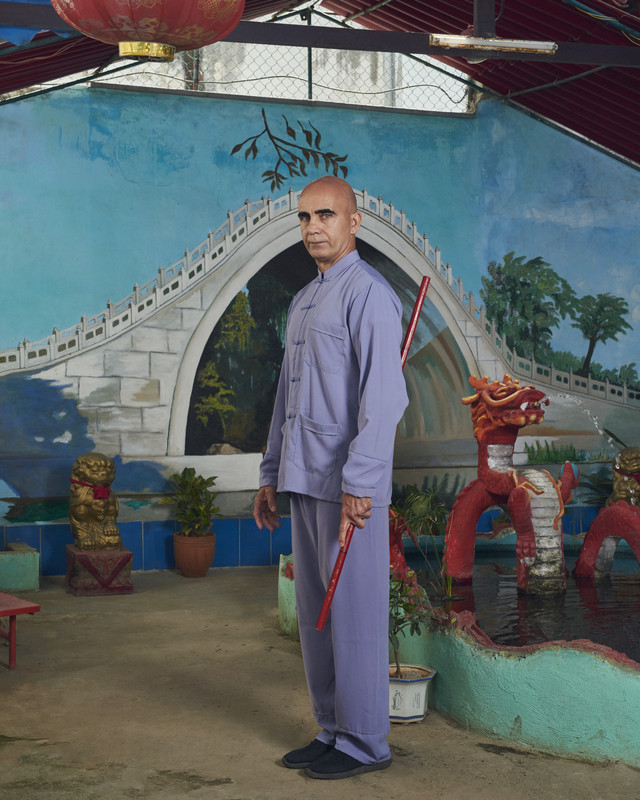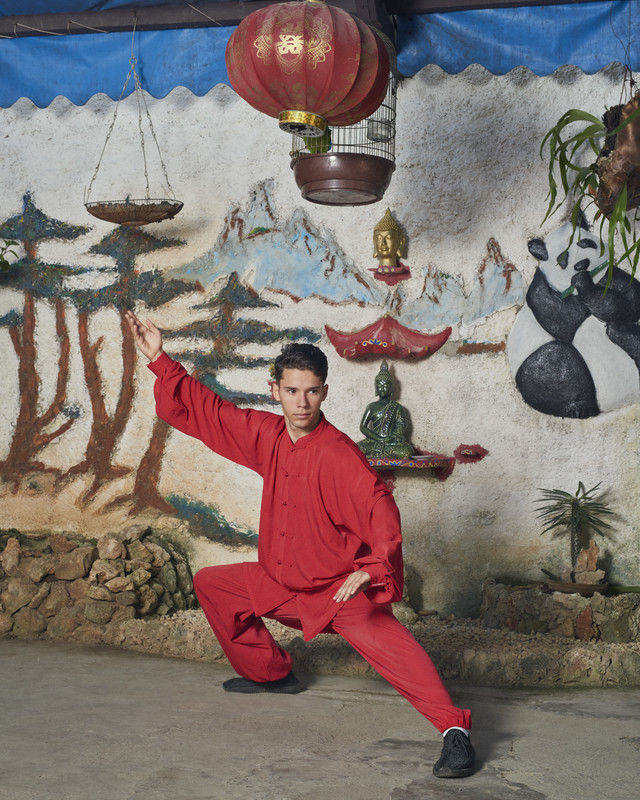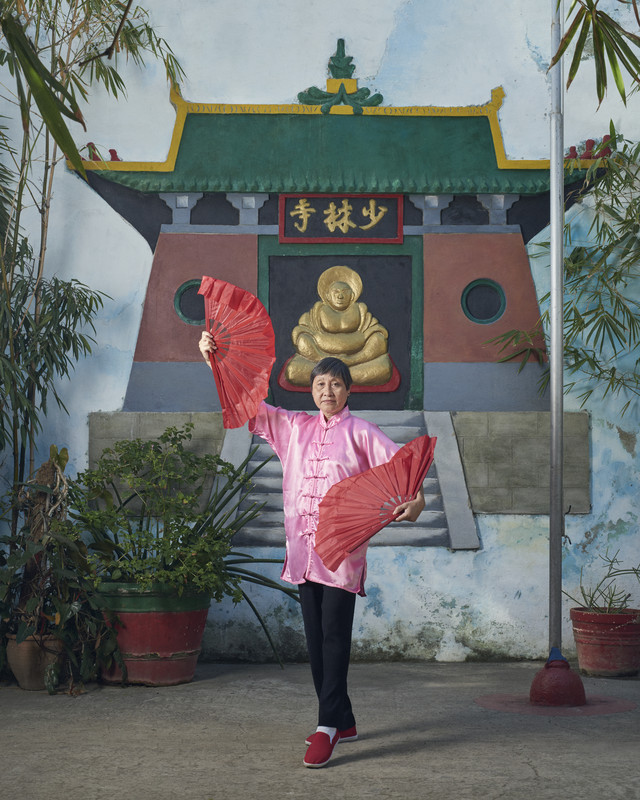Barrio Chino, Habana
© Sean Alexander GeraghtyBarrio Chino, Habana is an ongoing project that aims to document the remaining fragments of the once glorious Chinatown in Habana, Cuba. In its prime, during the ’50s, it was the largest Chinatown in Latin America. This community has a long history, dating back to the 19th century when thousands of Chinese were brought to Cuba as substitutes for African slaves. The second wave of immigration in the 20th century saw the arrival of free men in search of a better life.
In both waves, immigration to Cuba was predominantly male. This facilitated the mix of Chinese people with Cubans of all heritages, creating a unique multi-layered identity.
After the 1959 Revolution in Cuba, the growth of the community stopped abruptly. Many Chinese fled the country once the Communist Government took power.
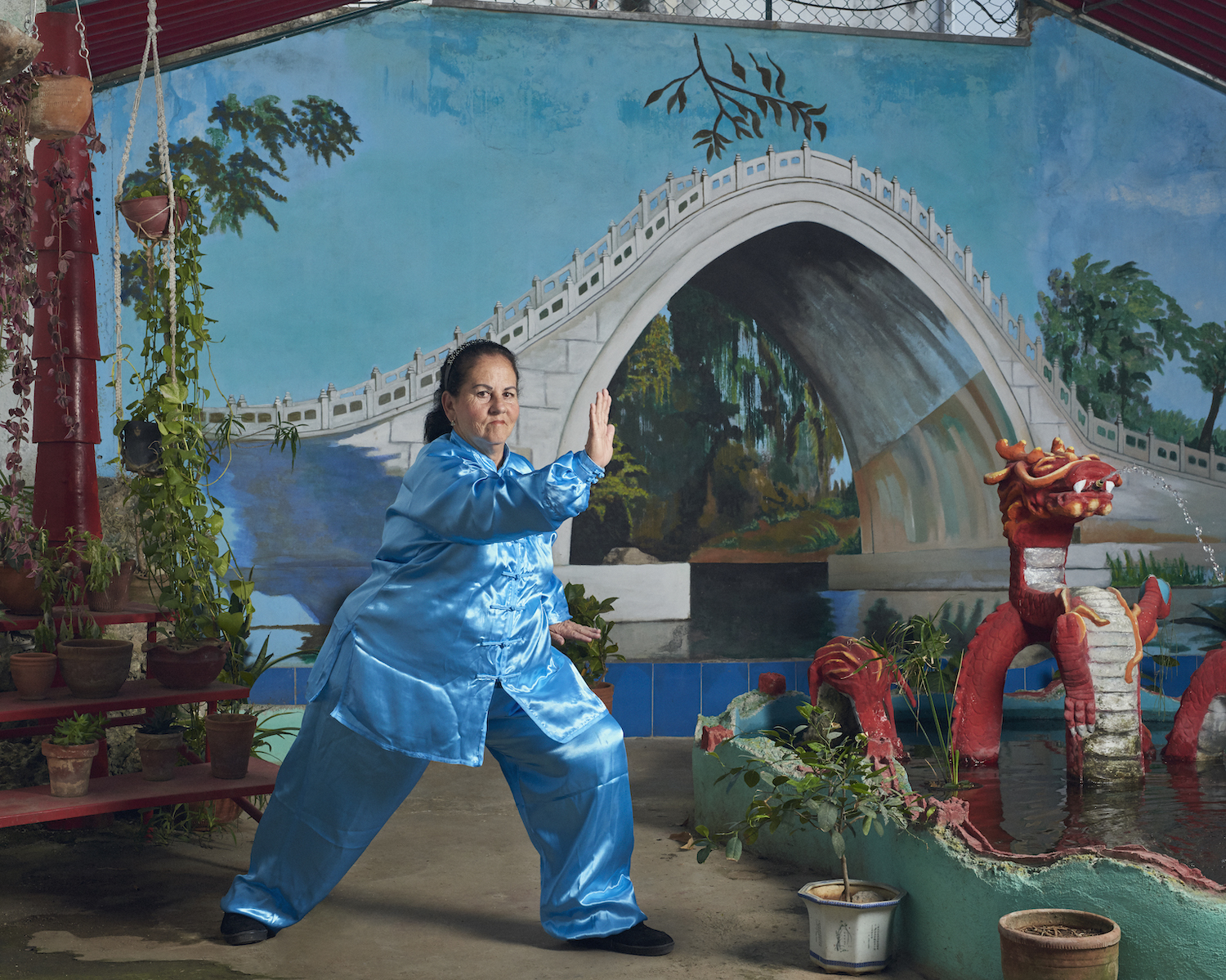

Today there are approximately 150 Chinese born in China left on the island. Although the ageing community is slowly disappearing, it's few remaining residents and descendants are fighting every day to keep it alive. Most of them have never been to China. This opens many questions on the meaning of national identity and its relation to citizenship.
click to view the complete set of images in the archive
